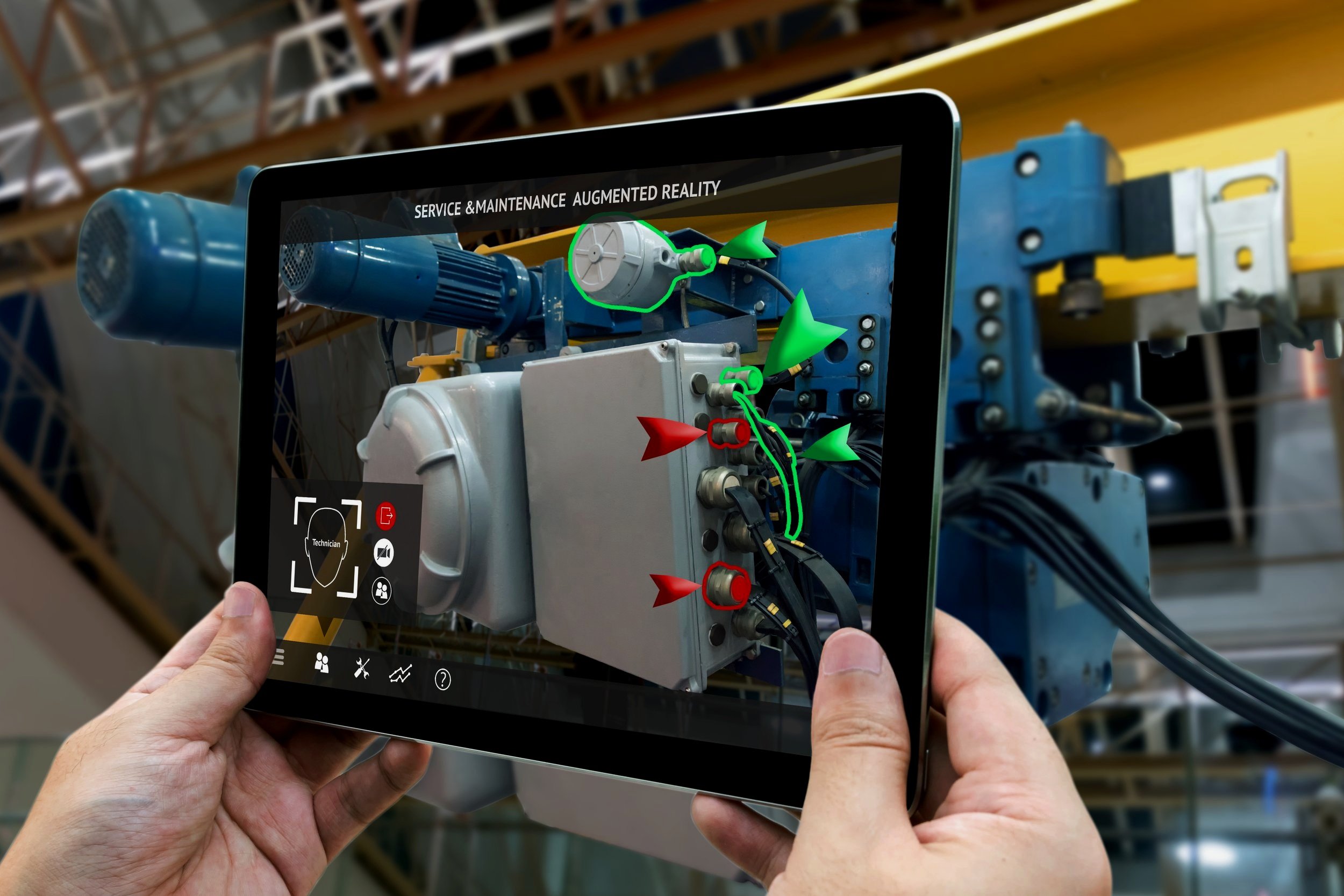Hello!
 Most mobile apps appear to be the middle of focus. They’re made by owners and merchandise managers that obsess overstretching as numerous user sessions as you can. Regrettably, they do not put a high consideration about the impacts of the clients’ well-being.
Most mobile apps appear to be the middle of focus. They’re made by owners and merchandise managers that obsess overstretching as numerous user sessions as you can. Regrettably, they do not put a high consideration about the impacts of the clients’ well-being.
Meanwhile, many consumers are becoming more and more conscious of just how long they’re spending tapping and looking at their preferred apps. Apple has made users aware of exactly how much time they’re spending on their phones using their iOS upgrades. In the face of those emerging tendencies, it looks like the ideal time to inquire how mobile apps should concentrate on improving and simplifying existing real-world adventures, instead of replacing them.
How can it be possible that mobile apps can enhance real-world adventures?
Start with Good Intentions
 Look closely at the way this case app can make the most of the top parts (riding rides) and decrease the worst components (standing in line) of present experiences. This app solves a specific problem, although not playing a part in each component of the total guest experience.
Look closely at the way this case app can make the most of the top parts (riding rides) and decrease the worst components (standing in line) of present experiences. This app solves a specific problem, although not playing a part in each component of the total guest experience.
Continue by Going too Far
After viewing the app’s remarkable success, supervisors of this amusement park may want to find out how they are able to further ease guest interactions. They understand that more guests match in the park when they’re evenly dispersed across the numerous rides that are available. Consequently, app owners may attempt to inspire guests to explore popular attractions. Their merchandise managers might think of a”match” where guests have a passbook which gets stamped for every coaster ridden. Within this match, guests can experience the delight of moving from ride to ride finishing their assortment of symbols that are digital. They may even get accomplishments for experiencing entire segments of the playground!
 Here, app founders are overstepping their boundaries and unnaturally manipulating how users interact with a location. In this instance, the app has come to be the ends rather than the means of the experience. This procedure eliminates any thought for the end client.
Here, app founders are overstepping their boundaries and unnaturally manipulating how users interact with a location. In this instance, the app has come to be the ends rather than the means of the experience. This procedure eliminates any thought for the end client.
Creating an App that Enhances Real-World Experiences
As a counterpoint to the previous section, think about another sort of checkpoint app. Maybe one for a nature path. This app might provide additional details about specific points of interest along a path. It may also notify hikers if they input a geofenced place, give them extra info, and phone out specific nearby sights. It may even highlight areas not yet seen across the present trail. Can this app guilty of the very same sins as the entertainment park app?
 To answer this question, think about this: with no passport attribute, the entertainment park app would still have revealed guests the places and times for every coaster but might have left it up to their motives whether or not to journey. The passbook in this case functioned solely to alter guest behaviour for the perceived advantage of this park, although not the true advantage of its visitors.
To answer this question, think about this: with no passport attribute, the entertainment park app would still have revealed guests the places and times for every coaster but might have left it up to their motives whether or not to journey. The passbook in this case functioned solely to alter guest behaviour for the perceived advantage of this park, although not the true advantage of its visitors.
Meanwhile, the character monitor app isn’t hoping to inspire visitors to change their quest unless they decide to. If the trail app alarms visitors of a waterfall half a mile into the East, they don’t feel obliged to move this way unless they possess a desire to find that waterfall.
It’s not easy to envision such a guest feeling frustrated or manipulated with the understanding of the waterfall. This type of feature can only boost their expertise.
Assist, Accompany, and Augment the Experiences
It’s also valuable to research the numerous functions that app can play in improving real world adventures.
 The following rather generic examples could be applied to a lot of points or interactions of interest:
The following rather generic examples could be applied to a lot of points or interactions of interest:
Preparation – A app could let users see a list of expected attractions, let them indicate they are interested in, then provide them with a programmatically created itinerary. An app may also help with guests enroll and complete any necessary paperwork or payment before arriving at a place. These example attributes enable guests to make the most of their time enjoying the distance.
On Location – Readers who grew up playing with the N64 Zelda games may recall the character of Navi, who had been a little fairy that followed the participant around for the whole game. This fairy-guide would emerge sometimes when players had drifted into new places or found new tools. She’d offer extra context and suggestions for players just at these vital points or if specifically asked for support. App can serve a similar function in pointing out and building on crucial areas within an area. They are able to do so without being too interruptive or deflecting.
 Upon Reflection – Some people may want to urge a specific route or fascination for their pals. A program that empowers for rapid recall and monitors previous interactions will help guests explain their experiences.
Upon Reflection – Some people may want to urge a specific route or fascination for their pals. A program that empowers for rapid recall and monitors previous interactions will help guests explain their experiences.
Additionally, it may create more meaningful recommendations for their buddies.
This, then, can help ensure that extra guests have a more favorable experience and raise the amount of word of mouth advertising opportunities.
Also read:
- Why Business Analysts Are Important Assets for CTOs
- How to Relax with Health Benefits
- 12 Best Duplicate File Finder
In Conclusion: Apps Should Supplement Your Experience
Whether it comes in looking at particular example apps or contemplating more generic alternatives, a lot of the topic (and merchandise management generally) can be outlined as follows: Construct something which guests really wish to utilise. Build something which permits them to have the greatest possible time throughout their trip by reducing any present deterrents and enhancing present appeals. This ought to be the continuous force driving every stage of your app development procedure.
Thank you!
Join us on social media!
See you!






